LVCVA to let union workers cash in personal time
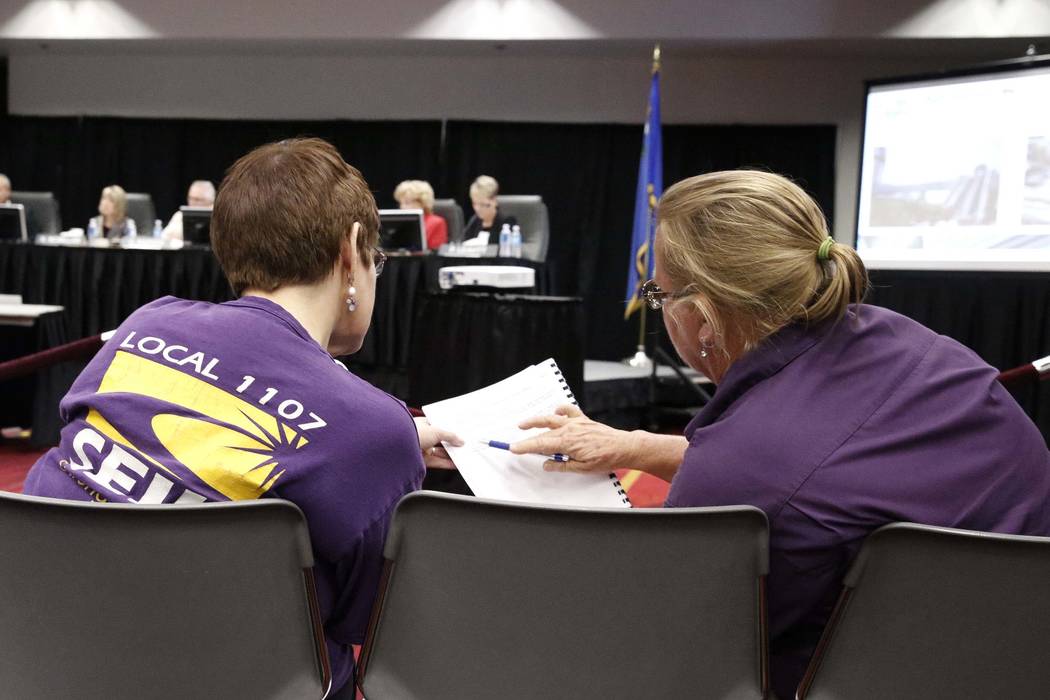
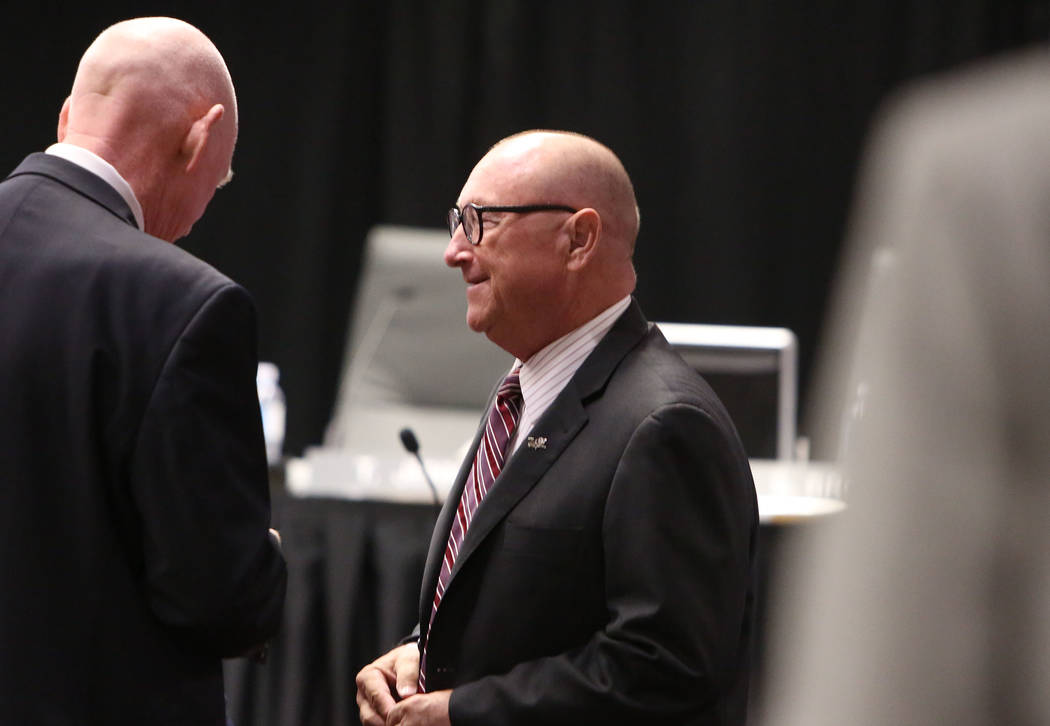
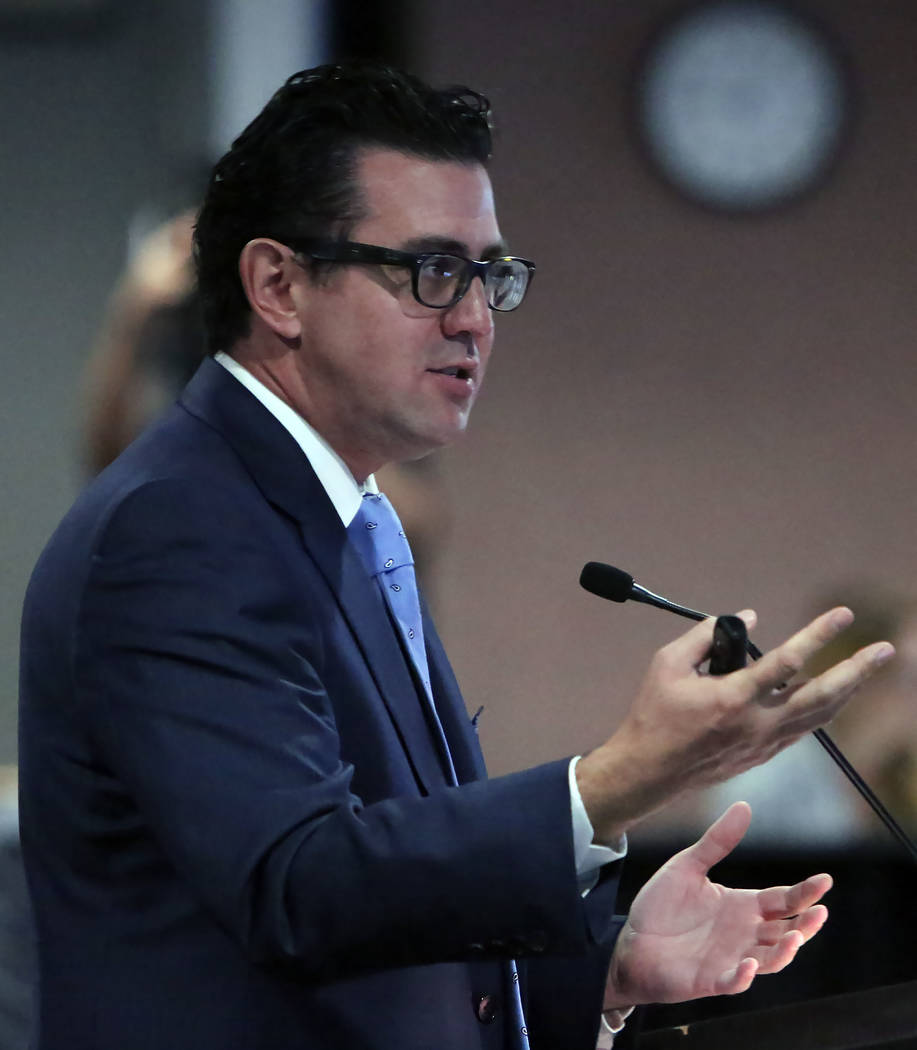
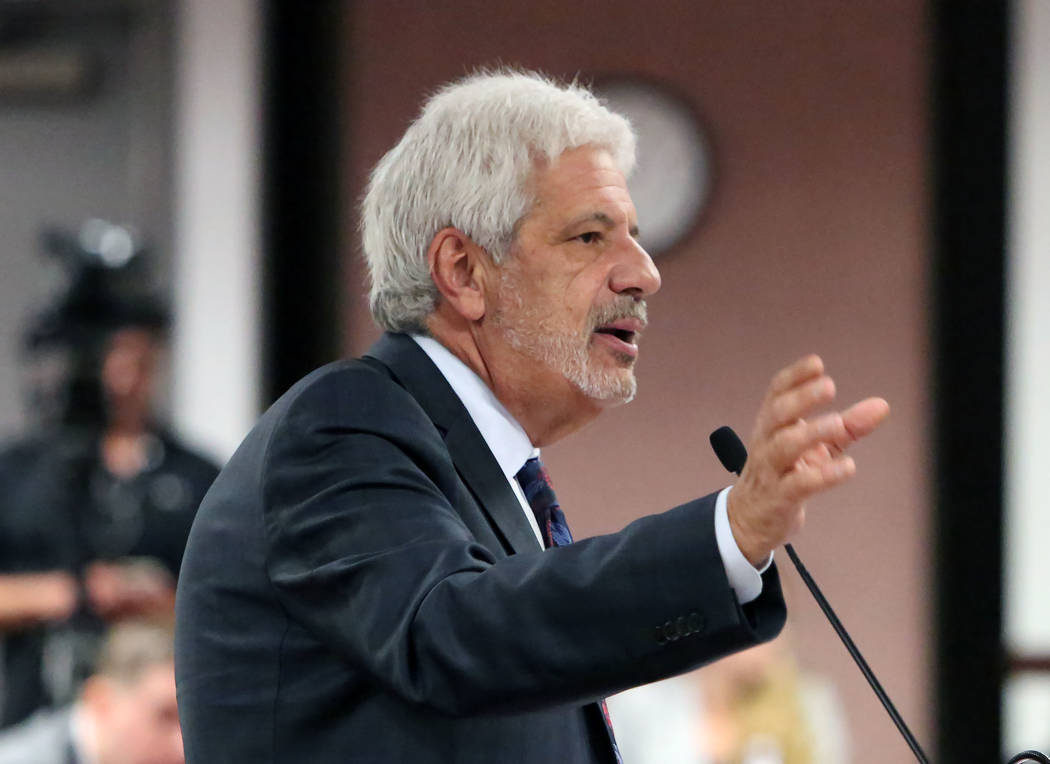
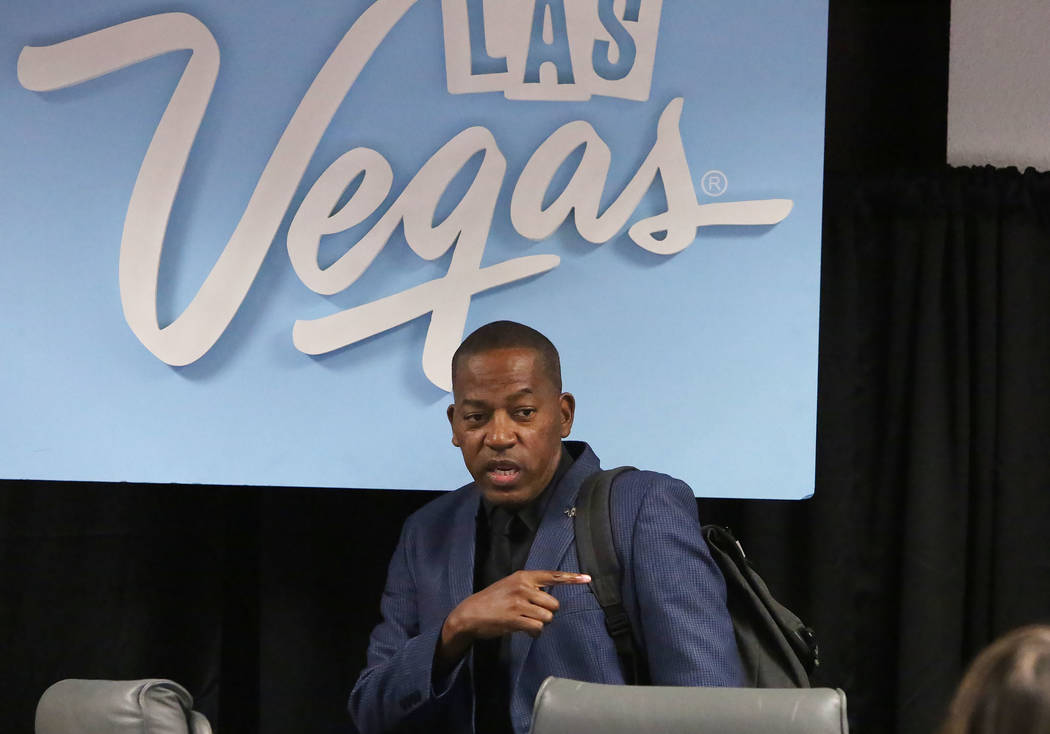
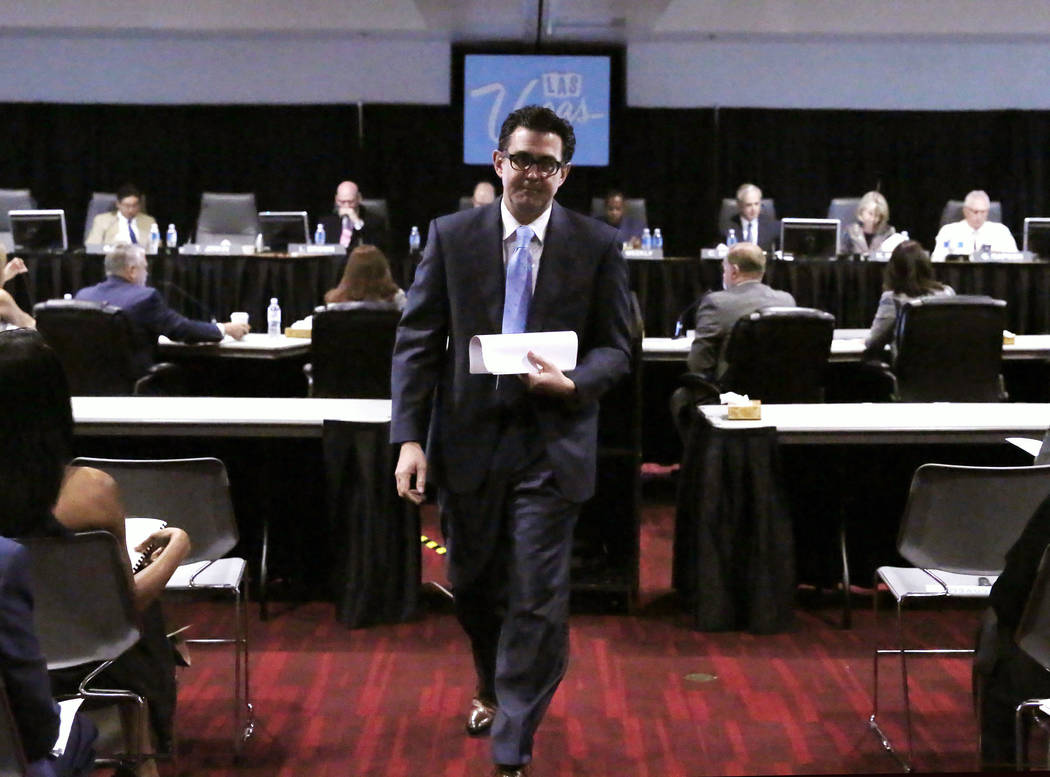
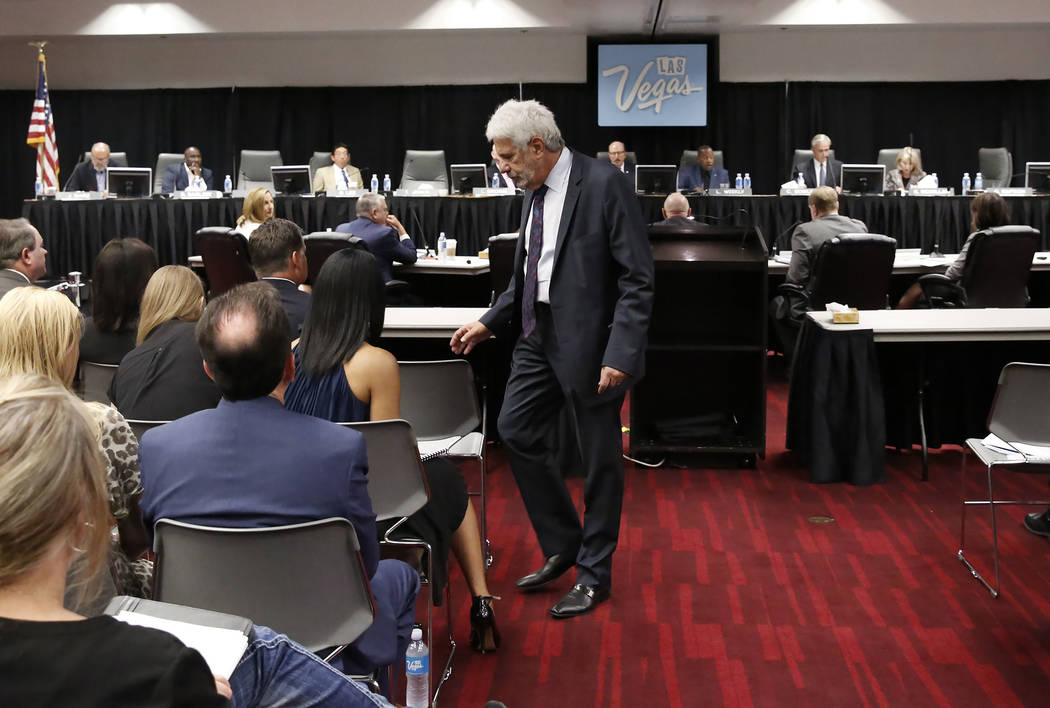
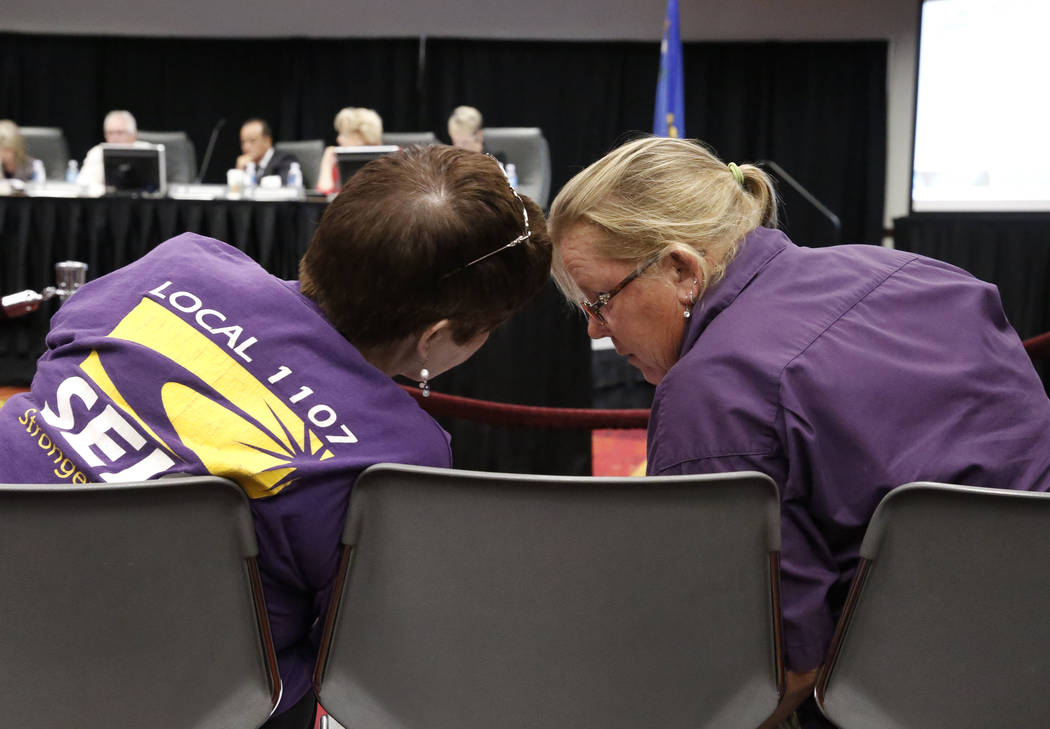

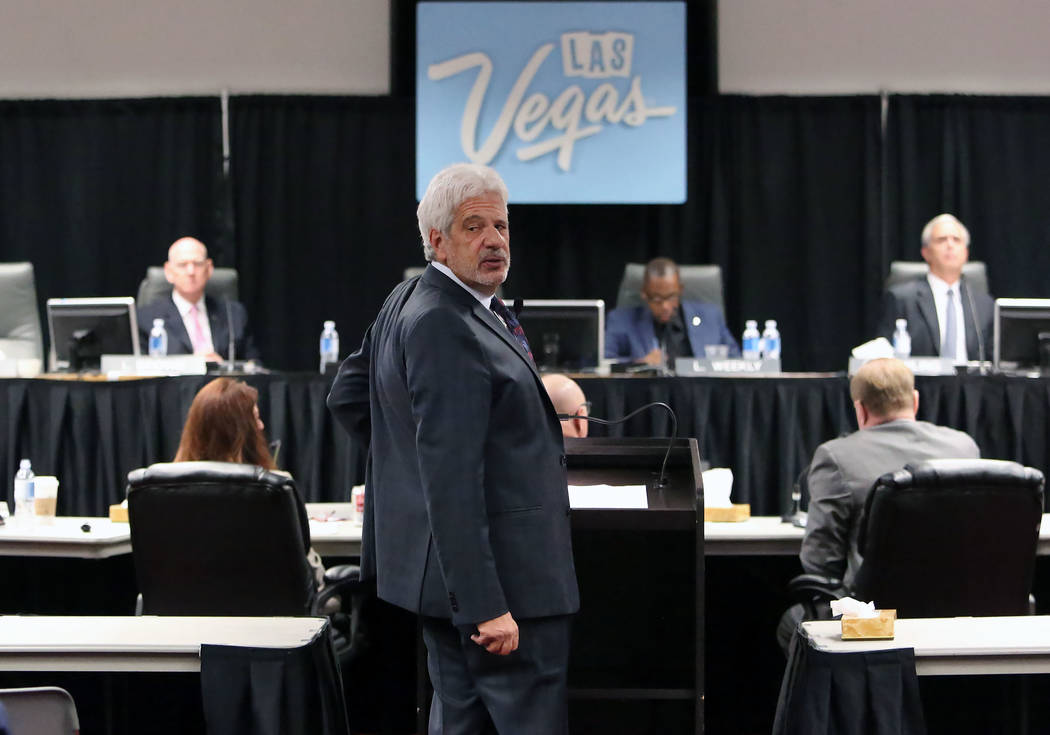
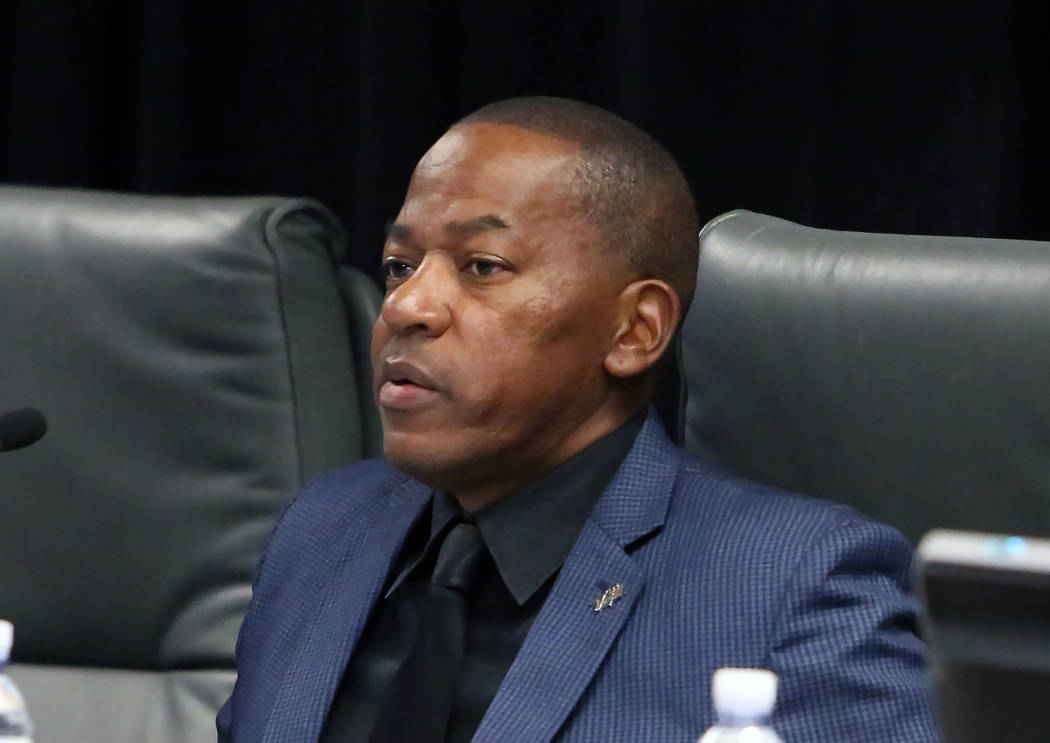
The Las Vegas Convention and Visitors Authority has approved a modification to its collective bargaining agreement with the Service Employees International Union that includes a new provision for union employees to cash in personal time off for pay.
The 14-member board on Tuesday unanimously approved the modification that gives union workers the same benefit as their non-union LVCVA counterparts. The union represents 314 LVCVA employees and there are about 200 more non-union.
In a separate action, the board also approved a plan to buy out up to 14 employees in a voluntary separation program as the board and the city move to mothball Cashman Center.
On the personal-time-off payouts — both vacation and sick time — LVCVA officials value the potential payout at $350,000 in the 2019 fiscal year, an amount that would be accrued regardless of whether the new program was approved.
100-hour cashout
Under the new policy, employees with at least 500 accrued hours of time off can elect to cash out up to 100 of those hours at their existing pay rate.
Under the policy, employees would have until Nov. 1 each year to request a cashout, basing it on future hours accrued so that the money received isn’t subject to federal income tax in accordance with IRS rules.
The Cashman matter, also unanimously approved, is part of the LVCVA’s strategy to save up to $5 million a year that would go toward the $1.4 billion Las Vegas Convention Center expansion and renovation project. Earlier this year, the city agreed to take over Cashman and has since negotiated a 15-year lease agreement with the Las Vegas Lights FC United Soccer League team, which will begin play at Cashman in February.
LVCVA to manage field
The LVCVA will continue to manage Cashman Field for both the soccer team and the minor-league baseball Las Vegas 51s and Tuesday gave the board new details on how the two teams will share the facility.
The planned voluntary separation program is expected to save $1.4 million in salary and benefit savings in the 2019 fiscal year after spending an estimated $282,000 for buyouts.
The Cashman Center campus will continue to need security and general maintenance, but with the closure of Cashman’s 98,000-square-foot convention area and its 1,992-seat theater, up to 14 operations positions are expendable. The LVCVA has 53 employees working at Cashman.
Program participants will receive one week of pay for every full year of service with a maximum payout of 26 weeks, plus three months of paid health insurance premiums.
All LVCVA employees can apply for the program, even if they don’t work at Cashman with some workers transferring to new positions to fill vacancies.
Eligibility
Eligibility for the program will be based on an employee’s age, plus years of service which must equal or exceed 65.
The board also learned more details about the 51s and the Lights sharing Cashman Field beginning next year.
Terry Jicinsky, senior vice president of operations, said modifying the field for the soccer team would require scheduling coordination that’s already done at stadiums housing the Los Angeles Dodgers, the St. Louis Cardinals and the Tampa Bay Rays as well as the Pacific Coast League Reno Aces.
Jicinsky said the 51s are the subordinate tenant and its 70-game home schedule would have priority on the field. Once the 2018 baseball schedule is finalized, the soccer team will look for windows of six to 10 days when the 51s are on road trips so that workers can transform the baseball field into a soccer pitch.
16-20 home games
The Lights hope to schedule 16 to 20 home games during their season, which runs from March to October. Because the 51s don’t start play until April and end in early September, the soccer schedule may be front-loaded and back-loaded with more home games at the beginning and end of the season.
Cashman may also have Lights “friendlies” with two exhibition games in February.
When the field is reconfigured, a plastic sheet will be placed over the infield to prevent grass on top of the plastic from taking root, Jicinsky said.
The cost of the transformation will be the responsibility of the soccer club, which is expected to negotiate with a third party to undertake the field transformation.
Jicinsky said the stadium capacity for soccer is expected to be around 10,000, just as it is for baseball, but the team may consider establishing temporary bleachers on the outfield grass to provide seating closer to the game action.
Contact Richard N. Velotta at rvelotta@reviewjournal.com or 702-477-3893. Follow @RickVelotta on Twitter.












